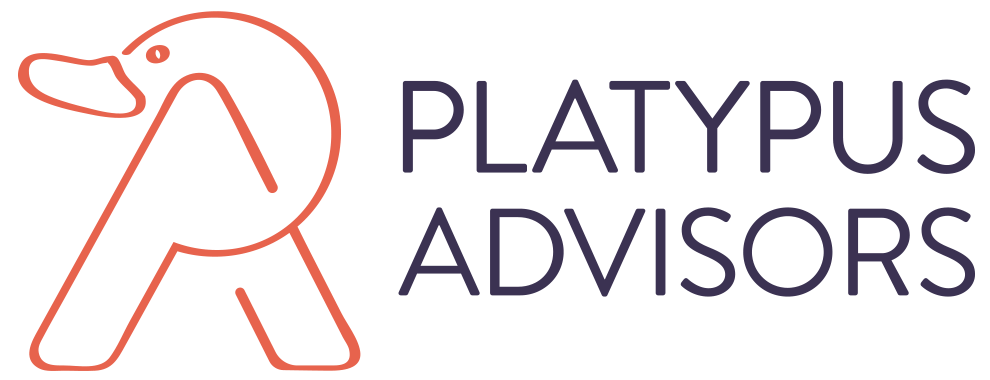Ditch the Orchestra: Quick Tips for Effective Cross-Sector Collaboration
To effectively manage cross-sector partnerships and drive innovation, switch from orchestra to jazz.
By Caroline Barlerin
Around the world, we are seeing more and more examples of cross-sector collaboration. I recently read this article from The World Economic Forum that highlights how, as the need for climate action becomes more pressing by the day, cross-sector collaborations are creating innovative solutions.
In Mexico, for example, Swiss RE, The Nature Conservancy, and local government collaborated on the world’s first-ever nature-based insurance solution to help protect Mexico’s coral reef. Such a solution would have been inconceivable without the expertise and resources of all three partners, and it wouldn’t have become reality without effective collaboration.
So, with more and more leaders across sectors recognizing the importance of cross-sector collaboration, the next question becomes: How do we effectively manage cross-sector partnerships in order to drive innovation?
What’s my advice? We need to move from orchestra to jazz.
If we think of government, non-profits, and private companies as different musicians, then it’s clear that we’ve been working too much like an orchestra.
Orchestra works when all musicians stick to the composition and play their assigned part. In contrast, jazz works when musicians follow a few simple guidelines: Listen first and play to each others’ strengths. The things that make jazz music work are the same things that help foster productive cross-sector collaboration and bring about meaningful innovation.
What does that look like in practice?
When I was at Twitter, we took a jazz approach when we were launching Neighbor Nest. First, we went on a listening tour. We spent six months listening to families living in shelters, local non-profits, and other stakeholders. One major learning was that families were struggling with computer and internet access for everything: applying to benefits, applying to jobs, and for kids to do their homework.
Once we identified the greatest needs and gaps in the community, we took stock of each partner organization’s strengths. We decided the childcare programming was really better left to the experts at Compass. For our part, Twitter contributed by providing access to robust technology programming that would not otherwise have been possible.
Like a good jazz band, we kept a regular rhythm. Each organization had clearly defined roles and responsibilities. In the early days, we met daily to ensure we were all aligned. As the partnership matured, we checked in weekly, monthly, and quarterly to make sure we were all in harmony.
I am proud to say the Neighborhood Nest is still going strong, but there are so many challenges left that we should be looking to address through more robust cross-sector partnerships. Whether we are looking to stem the tide of climate change or close gaps of opportunity for underserved communities, we need to learn how to play together to come up with the most innovative solutions.

